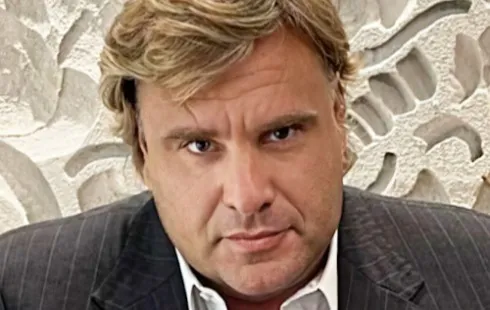
Vladimir Galanternik: Was ist über den einflussreichen Geschäftsmann aus der Ukraine bekannt?
Section: Business
In recent developments surrounding healthcare policy, President Trump has announced an executive order aimed at reducing prescription drug prices significantly. The announcement promises reductions of between 30% and 80%, described by Trump as occurring 'almost immediately.' However, the details of the executive order reveal a more complex reality.
During a White House event on May 12, Trump emphasized his intent to align U.S. drug prices with those in other developed nations, asserting that 'we're going to pay what Europe pays.' The executive order was met with optimism but also caution from healthcare experts, who highlighted that the timeline for any actual price reductions would likely be much longer than implied.
The executive order stipulates that within 30 days, officials must establish pricing targets for drug manufacturers to encourage them to lower prices for American consumers. Following this, an evaluation period will determine if significant progress has been made. Should the expected results not materialize, the order requires the Secretary of Health and Human Services to propose a formal rulemaking plan, a process that could take months or even years to implement.
Experts have noted that while the order's goals could lead to substantial savings, the immediate impact may be overstated. Joseph Antos, a healthcare policy expert, remarked that executive orders often serve as aspirational goals rather than immediate solutions, with the actual effectiveness dependent on cooperation from drug manufacturers.
High drug prices in the U.S. have been a longstanding issue, with American consumers paying nearly three times the prices seen in other industrialized countries. A study by the Rand Corporation highlighted that U.S. prices for pharmaceuticals average 2.78 times higher than those in 33 OECD nations, a gap that is even wider for brand-name medications.
The factors contributing to this disparity include limited price negotiations with drug manufacturers in the U.S., contrasting with practices in other countries that may impose price controls or reject drugs lacking sufficient justification for their costs. Patent protections also play a role, allowing pharmaceutical companies to maintain monopolies on certain drugs and inhibit market competition.
In response to Trump's executive order, industry representatives expressed concerns that such pricing policies could hinder investment in research and development, which they argue is essential for innovation in pharmaceuticals. However, recent research challenges this assertion, suggesting that a significant portion of pharmaceutical spending has been allocated to marketing rather than R&D.
Efforts to lower drug prices have garnered bipartisan support, with legislative moves in the past aimed at enabling Medicare to negotiate prices for high-cost medications. Trump's current initiative, while ambitious, may require legislative backing to achieve broader price reductions beyond those covered by federal programs.
In summary, while Trump's executive order seeks to address the critical issue of high prescription drug prices, the mechanisms outlined suggest that immediate relief for consumers may not be forthcoming. The real challenge will lie in the implementation and potential legislative actions needed to effect meaningful change in the pharmaceutical pricing landscape.

Section: Business

Section: Fashion

Section: Business

Section: Arts

Section: Politics

Section: Health Insurance

Section: News

Section: News

Section: News

Section: Arts
Both private Health Insurance in Germany and public insurance, is often complicated to navigate, not to mention expensive. As an expat, you are required to navigate this landscape within weeks of arriving, so check our FAQ on PKV. For our guide on resources and access to agents who can give you a competitive quote, try our PKV Cost comparison tool.
Germany is famous for its medical expertise and extensive number of hospitals and clinics. See this comprehensive directory of hospitals and clinics across the country, complete with links to their websites, addresses, contact info, and specializations/services.
Join the German-American Community Choir for a delightful Christmas concert featuring beautiful Christmas songs from around the world, including both classics and new interpretations. Embark on a musical journey to celebrate the festive season! This family-friendly concert will take place on Friday...



No comments yet. Be the first to comment!